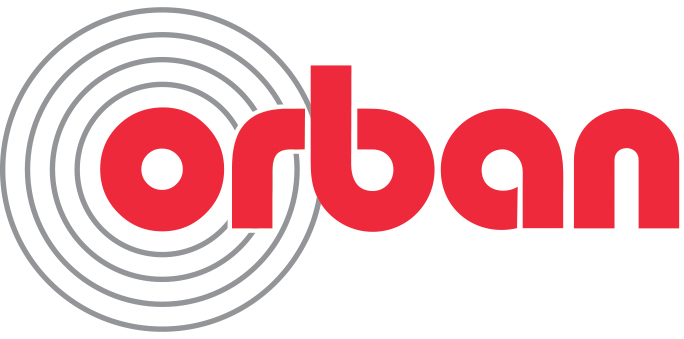Summary
The follow-up model of the widely popular OPTIMOD 5700i:
OPTIMOD 5750 for FM and HD processing
OPTIMOD 5750 replaces its pre-decessor OPTIMOD 5700i and provides FM as well as HD processing for DAB+, HD Radio and streaming. It comes in a compact 1 RU design and is equipped with a high-resolution touch display and can be controlled remotely via any HTML5 web browser.
OPTIMOD 5750 is equipped with analog, AES3, composite and digital MPX as well as AES67/SMPTE-ST2110 inputs and outputs and can easily be integrated in any studio and transmitter environment. Additionally, optional μMPX allows a cost-effective transmission of digital MPX signals over IP.
It offers four processing structures which can be selected depending on the user’s application and requirements: Five-Band, Low-Latency Five-Band, Ultra-Low-Latency Five-Band and Two-Band. An intelligent two-band window-gated AGC controls the levels subtly and unobtrusively.
The “True Peak” limiter in the digital processing path anticipates and controls peak levels following D/A conversion, a feature now required by many broadcasters.
The defeatable ITU BS.412 Multiplex Power Controller constrains MPX power smoothly and reliably, ensuring compliance in countries that regulate it.
OPTIMOD 5750 provides ITU-R BS.1770-4 Loudness Control which facilitates compliance with modern target loudness recommendations like EBU R128.
OPTIMOD 5750 supports SNMP v2. The Ember+ protocol will be added in a future release.
Features
OPTIMOD 5750 replaces its predecessor OPTIMOD 5700i and provides processing for FM analog and for DAB+, HD Radio and streaming. The FM and HD settings can be coupled to make the blend between analog and HD1 as smooth as possible in HD Radio. Alternatively, the FM and the digital processing can be adjusted independently. This is valuable when the digital processing drives a channel that does not require blending, such as an Internet stream.
- Six Processing structures to meet all format requirements from Classical to Contemporary and everything in
between. - Advanced, intelligent and consistent 2 band AGC with windowing, dual mode leveling and bass/master controls
to eliminate pumping. - A 5 band dynamics processor for unparalleled consistency with both music and voice whether sourced locally
or from a network or syndicated program. - OPTIMOD’s exclusive MX peak control technology for transient punch and airy highs.
- An RDS/RBDS on-board encoder that supports dynamic PS scrolling and IP access.
- A full complement of factory tuned presets by professionals with the most experience in the industry. All factory
presets can be adjusted using Orban’s unique “Less/More” control which is an industry standard as a guide to
dial in a unique signature sound. Of course, more intrigate controls are also available to experienced users for
fine tuning the sound of any preset. - AES67/SMPTE ST-2110 – Two redundant network interfaces are available for Audio-Over-IP connections
supporting AES67, RAVENNA™ and SMPTE ST-2110. AES67 provides both DANTE and Livewire+ ™ compatibility. - The 5750 can be controlled and configured via any HTML5 web browser. It also supports the SNMP v2 and the
Ember+ protocols. - The HTML5 web browser user interface offers a complete tool set to monitor and measure your signal, including
an oscilloscope and FFT displays. - Two internal and selectable Neilsen and Kantar watermarking encoder are available, allowing the FM and
HD/DAB+ processing to be independently watermarked.
Technical Specification
- Audio Input Channels:
- 1 x stereo analog
- 2 x stereo digital AES3
- 2 x stereo AoIP
- Audio Output Channels:
- 1 x stereo analog
- 2 x analog MPX/composite
- 2 x stereo digital AES3 or 1 x stereo
digital AES3 and 1 x DMPX
(configurable) - 4 x stereo AoIP
- 1 x headphone output (for monitoring)
- Optional 1 x µMPX (DMPX over IP)
- SCA Inputs: 2 x TBA
- Synchronisation:
- 10 MHz clock input
- AES11 sync input
- 19 kHz pilot tone reference output
- GPIOs: 8 x inputs, 2 x outputs
- Latency: 4 – 22 msec (depending on the
processing structure)
Low-latency AES Output: 3 – 8 msec - IP Network:
- 1 x RJ45 Ethernet Management
- 2 x RJ45 Dual-redundant AoIP
(AES67, SMPTE ST-2110, DANTE or
RAVENNA)




